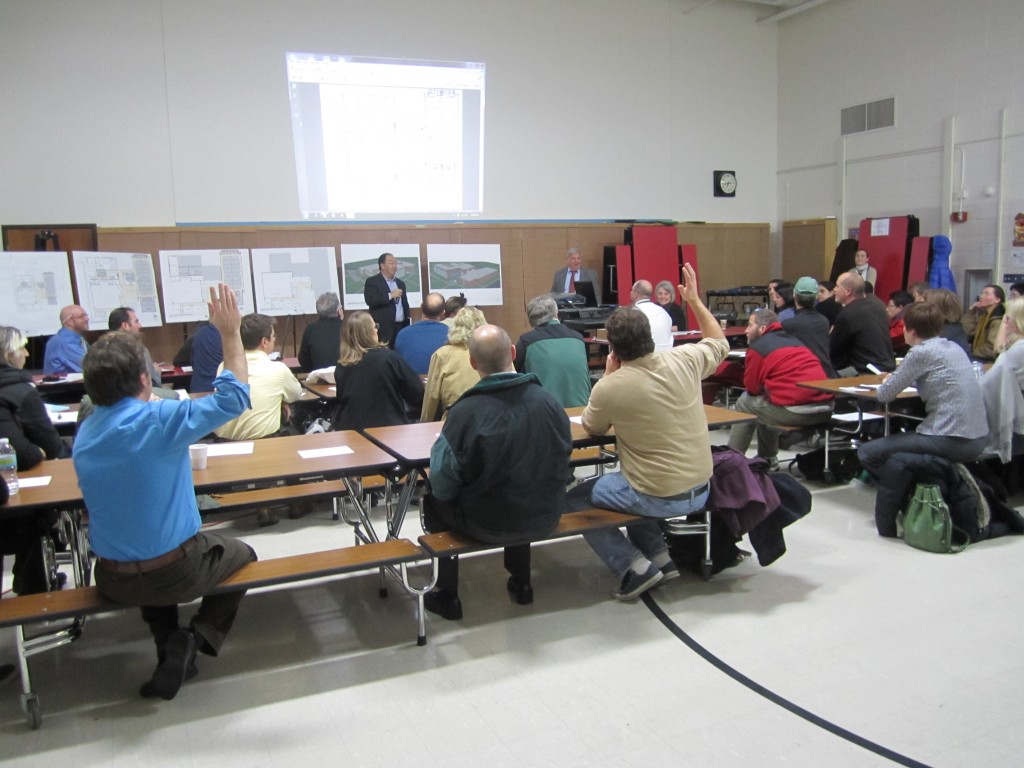District Facilities Planning Process
Is your district considering embarking on a District-Wide Facilities Comprehensive Planning process? Or, is your district experiencing facility accommodation, capacity, efficiency, and/or space utilization challenges?
If so, this is a very exciting time for your district! But it may also be a bit daunting if you’re unsure of where to start. Through our experience working with schools, districts, and other educational facility master planners, we have developed a brief overview of the first steps in our District-Wide Facility Comprehensive Planning process for your reference (shown below). We hope this overview helps to clarify what the beginning of this process would look like once the design team has been hired by the district. All design teams and districts are different, so keep in mind that all steps are flexible to adjust to the unique characteristics, needs, and preferences of the team, district, and community.
1) Educational Visioning Event
A one-day event that invites the community to envision the future of education in their community. This event kicks off the comprehensive planning process as a community-wide endeavor. Potential discussion topics include:
2) Steering Committee Formation
Establishing a Steering Committee, or a Task Force, helps to guide the comprehensive planning process. The committee’s responsibilities include:
- Represent the district and community in the planning process
- Review and discuss Educational Visioning Event findings
- Formulate questions for Community Dialogue meetings
- Provide feedback to design team throughout process
- Develop a recommendation to the Superintendent

3) Community Dialogue #1
The first Community Dialogue focuses on creating an educational framework for the district. The educational framework developed will guide the planning process by attempting to define:
- Grade configuration
- Class size
- Number of facilities
- Criteria for determining facility lifespan
- Strategies for building and site disposition
4) Community Dialogue #1 Findings
The design team will assess and present the Community Dialogue #1 findings to the Steering Committee. These findings will be discussed and refined by the Steering Committee and design team to further define a framework for the development of master plan options.
5) Facility Assessment Findings
Existing facilities will be assessed by the design team and/or a hired facility assessment consultant. This assessment will determine the costs for renovation and replacements at existing facilities only. This information is taken into consideration when developing options for the district.
6) Options Development
After all of the data is collected and analyzed, the design team will develop several options for the district to consider. The Steering Committee will determine which options deem community feedback through a second Community Dialogue session.
7) Next Steps
After community feedback, the Steering Committee will draft a recommendation to the Superintendent as to which option, or hybrid of options, should be taken forward. The Superintendent will then bring a recommendation to the School Board for resolution. The final report and recommendations include an executive summary and supporting documents.
We are happy to send you more information about our District-Wide Facilities Master Planning Process, or discuss any questions you may have about the process, click here to contact us!
